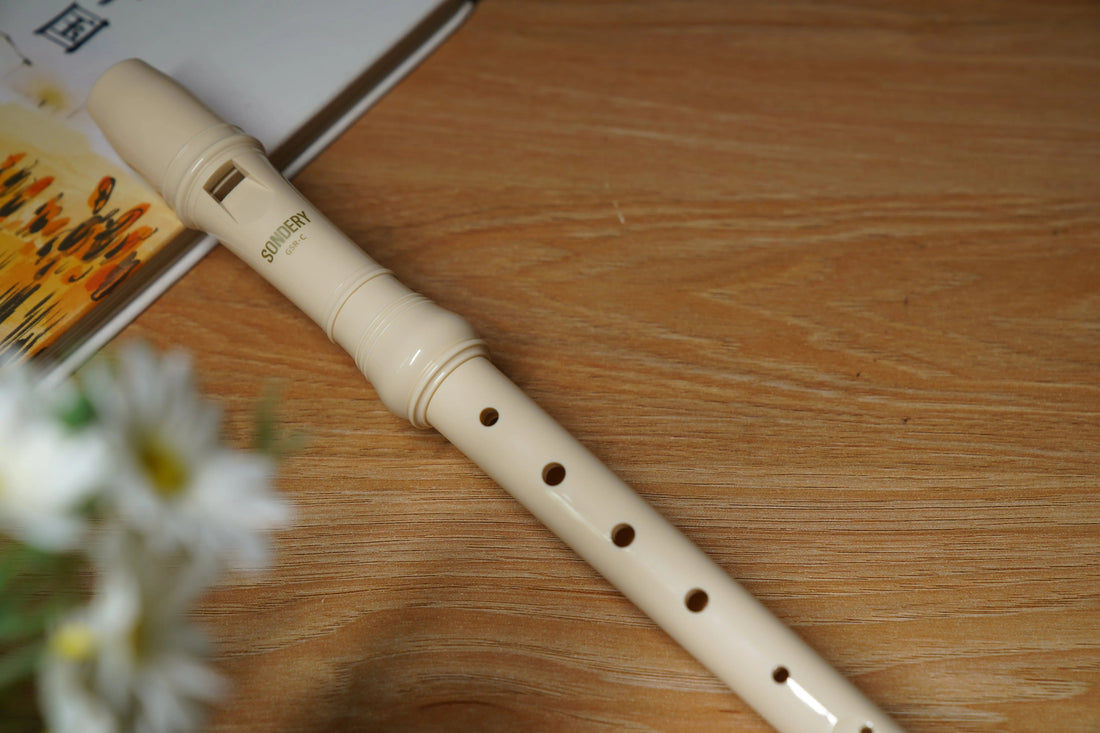
How a Recorder Works: The Science Behind the Sound | Sondery Soprano Recorder
Share
How a Recorder Works: The Science Behind the Sound
The Simple Science of the Recorder
Ever wondered how a recorder produces its clear and enchanting sound? 💨 The process is surprisingly simple yet fascinating. When you blow air into the mouthpiece, it flows through a narrow windway and strikes a sharp edge called the “labium.” This collision makes the air vibrate, producing the notes we hear.
The Role of Tone HolesSoprano Recorder
By covering or uncovering the recorder’s tone holes, players change the length of the air column inside the instrument. A shorter air column produces higher notes, while a longer one produces lower notes. This design makes the recorder both intuitive and versatile, perfect for learning melodies quickly.
Why Craftsmanship Matters
A recorder’s sound depends heavily on precision. Smoothly finished tone holes, airtight joints, and a well-crafted windway ensure stable airflow and accurate pitch. This is why the quality of the instrument makes such a difference in your playing experience.
Choosing a Reliable Recorder
Whether you’re a student discovering music or an advanced player looking for dependable performance, a well-crafted recorder will make learning easier and music more enjoyable. 🎶 The Sondery Soprano Recorder combines modern craftsmanship with professional tuning, giving you clear tone, easy playability, and long-lasting quality—perfect for anyone ready to explore the world of music.
